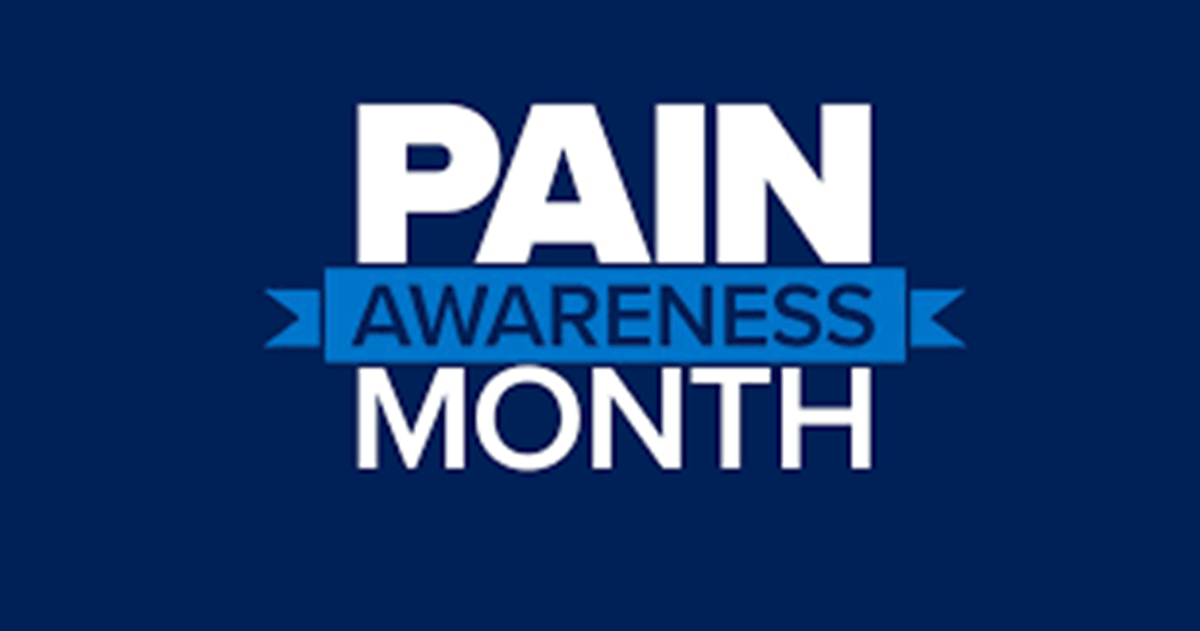
Photo by Mohammed Fkriy on Unsplash
2015 promises to be intriguing, and likely a “rocky road,” for patients and providers in the world of pain management.
An editorial by noted pain specialists was published at the end of 2014 in Pain Medicine, calling for evidence-based practice in the use of intrathecal opioids for pain (for which there has been none, to date).
A report released on January 12th by the National Institutes of Health reinforced the fact that chronic opioid medication for the treatment of chronic pain has little solid evidence behind it, and even less consistent application of “best practices” across the country. Meanwhile, national patient-advocacy organizations such as the American Pain Society continue to undergo changes to their constituency as state pain societies recognize the challenges presented in their individual states may not necessarily apply to those in other states, thereby requiring a more focused set of leadership than what a national organization can provide.
All told, as hard as it is to be a person living with chronic pain, it’s also very challenging to be a healthcare provider dealing with the complex physical, mental, educational, emotional, spiritual, and socioeconomic difficulties which these patients bring.



